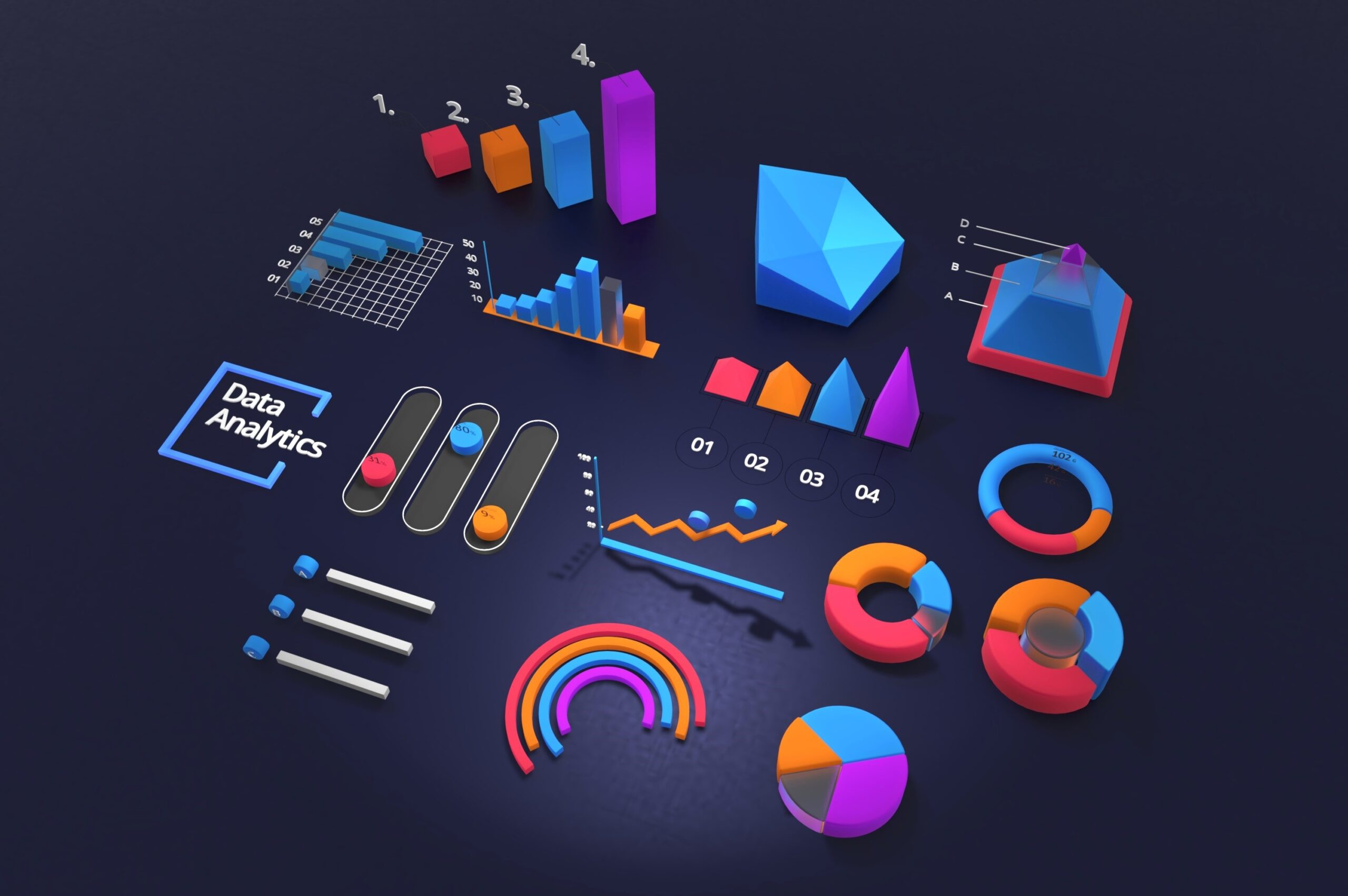How you manage your pharmaceutical lead will make or break your sales results. Lead management bridges your marketing process and your results in sales. It is the core of your sales process and helps you nurture high-quality leads, make the most of your marketing strategies, and improve the efficiency of your lead conversion processes.
Every reliable sales and marketing team understands the importance of a well-optimized lead management system — how it helps acquire leads, manage leads, and drive qualified leads into becoming high-potential customers. Interestingly, lead management software makes it easier for Pharma companies to craft an effective lead management process and implement it.
Let’s discuss how you can effectively use Platforce as a lead management software to craft and implement an effective lead management process that gives you an edge in today’s Pharma business.
Table of Contents
- How to identify qualified leads in the pharma space
- How to craft an effective pharmaceutical lead management process with Platforce in 5 steps
- Conclusion
How To Identify Qualified Leads in the Pharma Space

Although Platforce makes lead management processes easier, it still requires careful planning and well-thought-out execution to get the sales result you want. It’s a process that considers consumer behavior, lead scoring approach, and lead qualification to help generate leads and turn them into potential business clientele.
Not every lead turns prospective customers or potential buyers. So, your lead management system and lead generation campaigns should be highly optimized to target and nurture leads with an expressed interest in your product or new business. Here’s how you target sales-qualified leads for your pharma business:
Define your Objective and Data Integration Method
Choosing the right platform like Platforce, for your pharmaceutical lead management process is just the first primary step that sets the stage for success. You must also understand your objectives and data integration. Platforce also offers a robust framework for data integration and analysis.
By gathering and integrating data from diverse sources, you create a comprehensive knowledge base for generating leads of actual customers and potential clients. This step ensures that your team can access the most relevant and up-to-date information, setting the stage for data-driven decision-making.
Identify and Prioritize
Identifying potential lead scores within your sales funnel is where the magic begins. Platforce provides the right lead management tools to filter through unqualified leads and pinpoint the most promising leads within your sales pipeline. It also helps you identify the roadblocks hindering a complete sales cycle for many potential clients.
Once identified early, prioritizing these potential leads based on relevance and where they are in your buying process becomes incredibly easy and efficient. Overall, this helps ensure that you’re focusing your resources on the right leads with the highest potential and benefit to your Pharma business —which makes turning prospects into potential customers easier without wasting time.
Unleash the Power of Collaboration and Communication
In any marketing agency, effective collaboration is critical. Platforce’s collaborative features, like integration, will help you facilitate seamless communication among marketing and sales team reps to ensure that your marketing campaigns are as efficient as they should be when marketing qualified leads within various sales funnel stages.
As a result, you can easily share insights, discoveries, and critical lead-scoring data that help nurture leads into sales. Collaboration is not just excellent to have; it’s a necessity that brings together the collective intelligence of your team. It also helps you make informed decisions regarding lead selection that boosts the buying decision of potential customers.
Understand Data Analysis and Visualization
Utilizing Platforce’s data analysis tools and visualization capabilities is where you turn raw data into actionable insights. Data analysis lets you evaluate lead distribution in your marketing channels and sales efforts. Visualization makes complex information understandable at a glance.
In lead tracking within your sales efforts, visualization is indispensable as it helps you make informed, data-driven decisions and present them in a clear, compelling way to sales reps to identify qualified leads in your sales process and identify roadblocks to business opportunities in your marketing and sales.
Regulatory Compliance and Continuous Improvement
Ensuring compliance with regulatory standards is not only a legal obligation but also vital for patient safety. Platforce can help you maintain accurate records, audit trails, and data security. Continuous improvement is the last, but far from the least, step in your sales process.
It involves systematically evaluating your lead management process, looking for inefficiencies and areas to enhance. This ongoing feedback loop keeps your process agile and responsive to changes in the industry.
How to Craft an Effective Pharmaceutical Lead Management Process with Platforce in 5 Steps

Most lead management systems and strategies often lag in lead scoring or nurturing. Overall, these are the two factors that directly affect the results and effectiveness of your lead management process.
You’d need to craft an effective lead management process to seal off leakage in your lead management system. Here’s how Platforce helps you do it in 5 steps:
Step 1: Identifying Your Ideal Lead and Their Journey
Any sales team worth their salt will tell you it’s impossible to design an effective product without knowing your audience. They’d be right. Although it’s easy to refer to the term casually “leads,” the truth is that every lead is someone who, at some point, was invested enough to check out what you offer, sometimes by visiting your webpage or social media adverts.
How you identify these leads, understand their journey, and manage their curiosity determines if these leads convert into sales or not. It’s futile trying to sell to the wrong crowd. Personalization in pharma sales cannot be overestimated.
Especially since Platforce offers premium features that help you identify your ideal leads and guide them at every step of your sales process until they convert into tangible sales that help your business grow. It starts with a buyer persona —this involves finding out all you can about your ideal client.
This includes relevant information like job title, company size, demographics, tax bracket, goals, and where they hang out. Armed with this information, finding your ideal leads that can easily convert to sales becomes a cakewalk for you and your sales team.
Step 2: Generate Your Leads
Lead generation can be much more complex than it sounds, but with the right lead management tools, that does not have to be your case. Lead generation, in its entirety, is a process that starts with knowing who your ideal leads are and where they hang out.
If it’s on social media, then you should find out which influencers they follow and create direct-to-consumer strategies that stop them in their tracks and bring them to your web pages or other highly effective social media strategies for pharma.
Some of these Lead generation strategies include–
- Content marketing campaigns
- Guest blogging
- Social media
- Customer landing pages
- Newsletter sign up
- Website SEO and so on.
Step 3: Segment Your Leads
Some of your campaigns will score thousands of leads into your sales funnel at a time. But, not all of these leads are ready to purchase immediately. Some leads might need to be nurtured until they are ready; some are unqualified leads, and some will want your products immediately.
Treating all these leads like they are all ready to make a purchase would make you lose a large chunk of the leads you scored. It trickles down to lead qualification —how you segment your leads according to their current stage in your sales funnel.
With Platforce it’s easier to segment leads into special categories like;
- New or Repeat Leads: Are they new to us or returning? It helps us customize our approach.
- Favorite Product: Which of our products do they like most? We can focus on what they prefer.
- Past Purchases: What have they bought before? We can suggest similar products.
- Engagement: How often do they interact with us? It tells us how interested they are and helps us adapt our communication.
Step 4: Score Your Leads
Lead scoring is the secret sauce that propels your business toward soaring success. It’s the art of separating the contenders from the pretenders and giving them a score, and here’s the clincher – the higher the score, the greater the likelihood of conversion. It’s your key to turning prospects into loyal customers, and here’s how it’s done:
Location: Think local, win big! Does your prospect live in the vicinity of where your product reigns supreme? If so, they’re primed for conversion.
Engagement: When your prospects can’t get enough of you, it’s a good sign. Are they regulars on your website? Do they devour every email you send? If yes, they’re hot leads ready to be converted.
Buying Stage: Timing is everything. Where are your prospects in the sales funnel? Are they just dipping their toes or ready to dive in headfirst? Knowing their buying stage is the golden ticket to sealing the deal.
Lead scoring isn’t just a game-changer; it’s the game-winner. It’s your secret weapon for converting prospects into passionate patrons. So, let’s score big and turn those leads into loyal customers!”
Step 5: Nurture Your Leads
Now that you’ve pinpointed your key prospects and deeply understand their preferences and needs, it’s time to take proactive steps to guide them toward conversion. Nurturing leads is the pivotal stage in transforming potential customers into enthusiastic advocates for your products or services.
Imagine a lead that requires a bit more awareness about your offerings. Your role here is to deliver targeted educational content that enlightens them and positions your company as the ultimate solution to their needs.
It’s all about fostering relationships and building, which is the cornerstone of any successful business venture. By nurturing your leads effectively, you are not just selling a product; you’re crafting a long-lasting partnership that benefits both sides. So, remember, successful lead nurturing is the catalyst for turning potential into profit.
Conclusion
Any Pharma business with an effective lead management process boasts of amazing sales results. There’s nothing they wouldn’t trade for that kind of result. All Pharmaceuticals loves seeing their cold leads turn into sales. Nothing guarantees that more than an effective lead management process.
With the help of Pharma CRM software, you can make your lead management processes as effective as you need them to be. They also provide pharma analytics that help you engage and grow your leads using a personalized marketing approach that guarantees a unique user experience for individual customers.
Other advantages include streamlining your Pharma sales operation and automating sales tasks.
With Platforce your lead management process becomes undeniably seamless, especially with the many automation and cross-platform integrations. See for yourself!



















